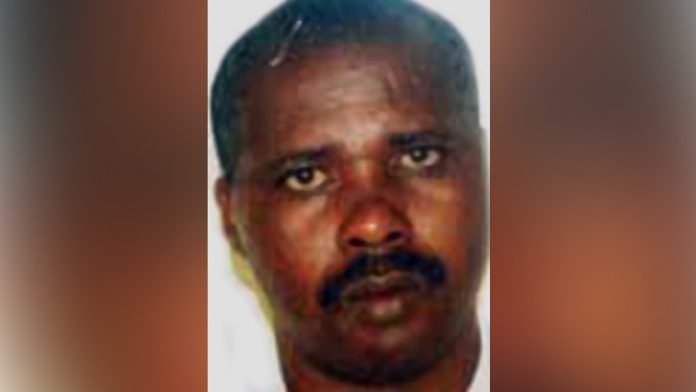|
Lazy eyes listen
|
NewsRescue
A former Rwandan police chief named as one of the most sought fugitives from his own country’s 1994 genocide has been apprehended in South Africa.
Fulgence Kayishema, 62, was seized in Paarl on Wednesday as part of a combined investigation by UN investigators and South African authorities.
He was indicted in 2001 by the UN’s International Criminal Tribunal for Rwanda (ICTR) for his role in the April 15, 1994, massacre of over 2,000 Tutsi refugees, including women, children, and the elderly, at the Nyange Catholic Church in Kivumu.
Kayishema, a Hutu police officer at the time, allegedly engaged in the “planning and execution of this massacre.” He is accused of purchasing and distributing petrol to burn down the church while the refugees were inside, as well as using a bulldozer to destroy the edifice, burying and killing the victims within.
He had remained at large since his arrest, using numerous “aliases and false documents to conceal his identity and presence,” according to detectives.
“Fulgence Kayishema had been on the run for over 20 years.” “His arrest ensures that he will finally face justice for his alleged crimes,” said Serge Brammertz, chief prosecutor of the International Residual Mechanism for Criminal Tribunals (IRMCT), in a statement.
According to the IRMCT office, the operation that led to the suspect’s detention encompassed many countries in Africa and other regions. With his detention, investigators now have “three outstanding fugitives” to track down.
“Kayishema’s arrest represents another step forward in the OTP’s [Office of the Prosecutor] strategy to apprehend all remaining fugitives charged with genocide by the International Criminal Tribunal for Rwanda.” The OTP Fugitive Tracking Team has “accounted for the whereabouts of five fugitives since 2020,” according to the IRMCT.
Philippe Hategekimana, a 66-year-old former Rwandan military police officer, was tried in France on May 10 for his role in the slaughter of 300 Tutsis on Nyamugari Hill and an attack on Nyabubare Hill, where approximately 1,000 Tutsis were killed during the 100-day genocide.
Brammertz has stated that the IRMCT will not back down in its efforts to obtain justice for the victims and to carry out its purpose of contributing to a “more just and peaceful future for the Rwandan people.”
According to the UN, between April and July 1994, an estimated 800,000 Tutsis and moderate Hutus were massacred during the genocide.





